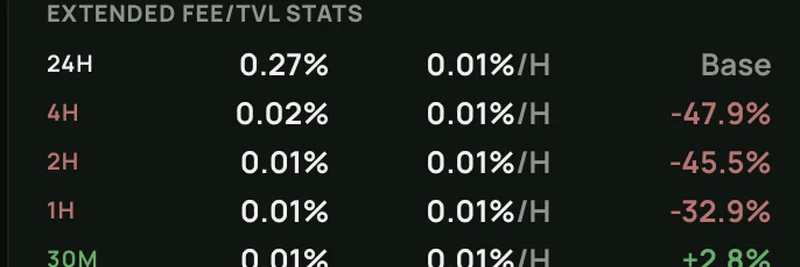Evan, the co-founder and CEO of Mysten Labs, recently dropped some intriguing thoughts on X (formerly Twitter) that have the web3 community buzzing. Quoting a post from Mysten Labs about their Seal technology—part of the Sui Stack—he urged developers to dive into concepts like "Data as a Product" and "Data Mesh." But he didn't stop there; he painted a picture of the future where data remains encrypted by default, decryption is governed by strict policies, and those policies stick with the data wherever it goes. He capped it off with a nod to data portability in the AI era, complete with a watchful eye emoji. Let's unpack this and see what it means for blockchain enthusiasts, especially those in the meme token space.
Understanding the Basics: Data as a Product and Data Mesh
First off, if you're new to these terms, "Data as a Product" treats data like any other product in a company—something that's managed, quality-checked, and delivered with user needs in mind. It's about making data accessible and useful without the usual silos that slow things down.
Then there's "Data Mesh," which is like decentralizing data ownership. Instead of one central team handling all data, different domains or teams own their data products, sharing them across the organization through standardized interfaces. It's inspired by microservices architecture but applied to data.
Evan's twist? Imagine evolving this in a web3 context. Data isn't just shared; it's encrypted at rest and in transit. Decryption only happens when specific policies allow it—think smart contracts or access controls baked right in. And crucially, these policies travel with the data, ensuring security and compliance no matter where it ends up.
Seal Technology: Fixing Access Control at the Core
The quoted post from Mysten Labs highlights Seal, a tool designed to enforce access logic directly at the data layer. In traditional apps, access rules are often scattered across various systems, leading to vulnerabilities and failures. Seal centralizes this enforcement in a programmable, auditable, and portable way. For developers building on Sui Network, this means more robust apps, especially in decentralized environments where data security is paramount.
Sui Network, powered by Mysten Labs, is a layer-1 blockchain known for its high throughput and low latency, making it ideal for everything from DeFi to gaming—and yes, meme tokens. Tools like Seal could streamline how meme projects handle user data, ensuring privacy while enabling seamless interactions.
The Bigger Picture: Data Portability in AI and Blockchain
Evan's call to think about data portability in the AI world is spot on. As AI models hungry for data proliferate, owning and moving your data securely becomes a game-changer. In blockchain, this ties into user sovereignty—think wallets controlling personal data across apps without re-entering info every time.
For meme token creators and traders, this could mean better tools for community management. Imagine encrypted user data that follows policies set by the project, allowing for targeted airdrops or NFT distributions without privacy risks. Or AI-driven analytics on meme trends, where data is portable but protected, fostering innovation without the usual data silos.
Why This Matters for Meme Token Enthusiasts
Meme tokens thrive on virality and community, but they're often built on shaky tech foundations. Advances like those hinted at by Evan could elevate the space. By integrating encrypted, policy-bound data into Sui-based memes, projects gain credibility—attracting more serious investors while keeping the fun intact.
If you're a dev or blockchain practitioner, check out Evan's full post and start experimenting with Sui's stack. It's a reminder that web3 isn't just about hype; it's about building secure, scalable systems that empower users.
What do you think—will this evolution supercharge AI-blockchain integrations? Drop your thoughts in the comments!

